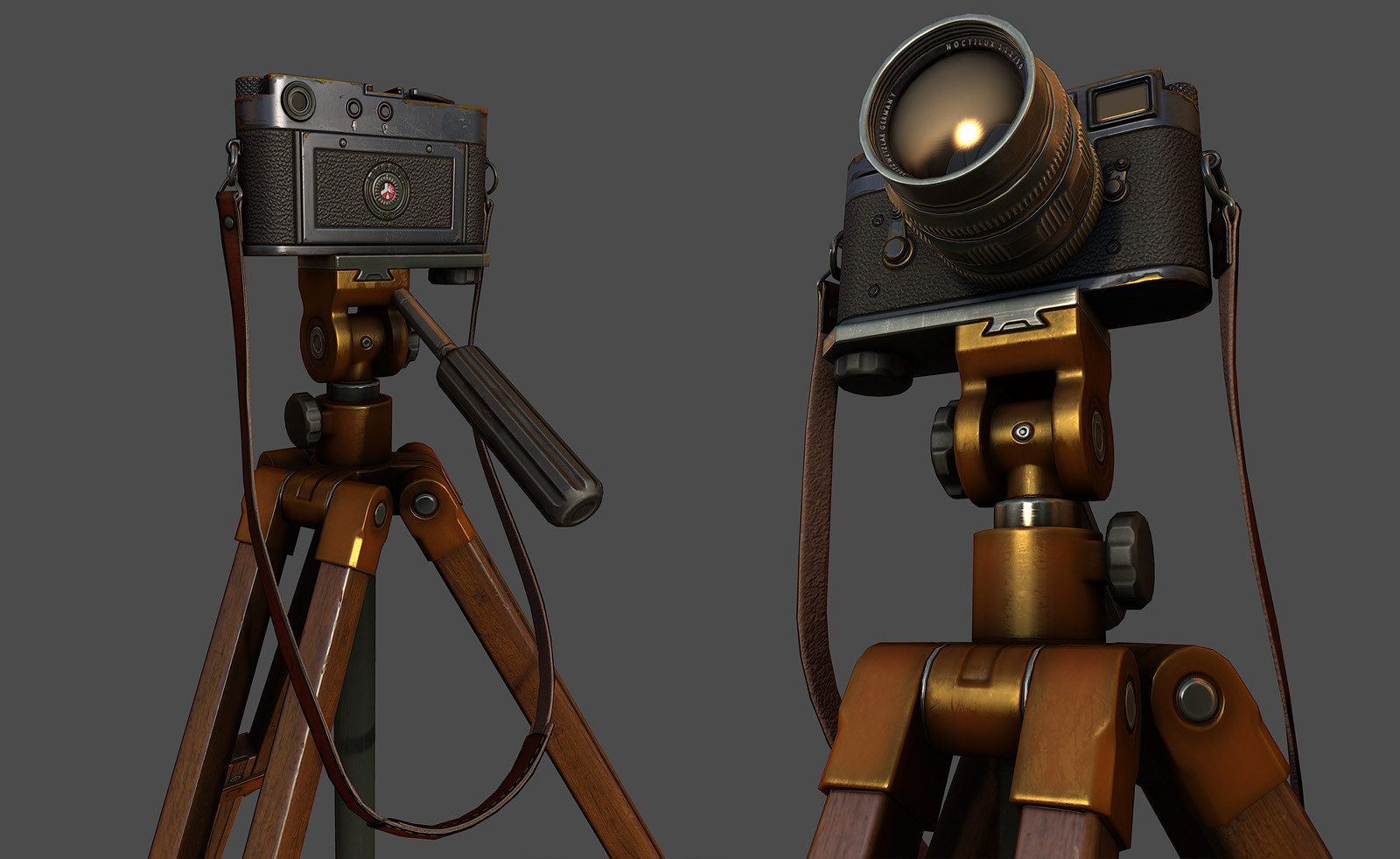

This example is a composite of screenshots from the OSGJS demo above, and shows a single base color with varying degrees of metallic and roughness. Another WebGL example can be found in OpenSceneGraphJS's PBR Demo.ĭifferent PBR implementations have different parameters, but most center around a concept of specifying how "metallic" and how "rough" a particular material is, and allowing the rendering engine to make sure that the material doesn't reflect light in an unrealistic way, or reflect more light than it receives, etc. It can also be done in WebGL, check out Marmoset's PBR-enabled WebGL Viewer, find the picture of the camera lens, and try rotating that around. PBR can be used in both movies (offline rendering systems, Pixar has a paper) and games (realtime: Unity and Unreal have docs). It would appear that "Physically-based rendering" (PBR), "Physically-based materials", and "Physically-based shading" are different names for the same general concept of creating materials with shading that lend themselves to looking more "real" or physically-based when rendered.


 0 kommentar(er)
0 kommentar(er)
